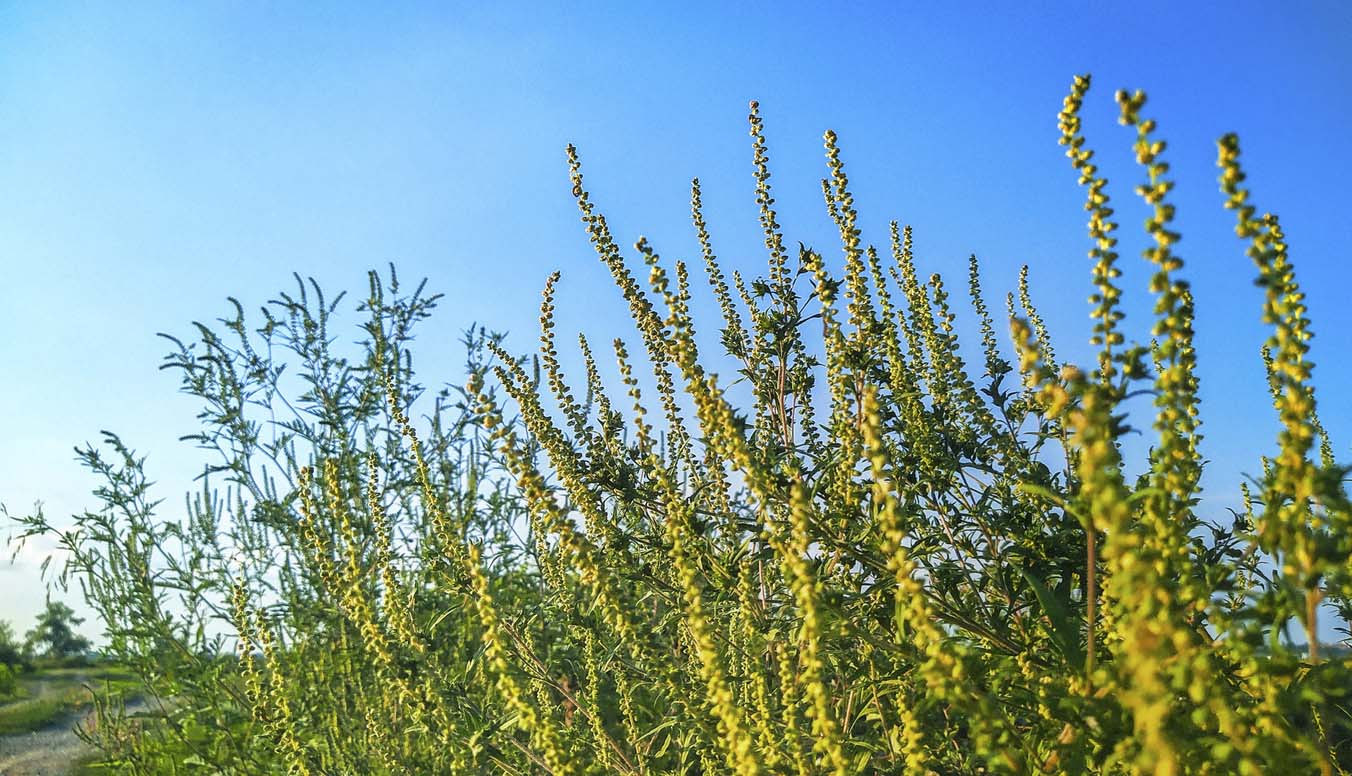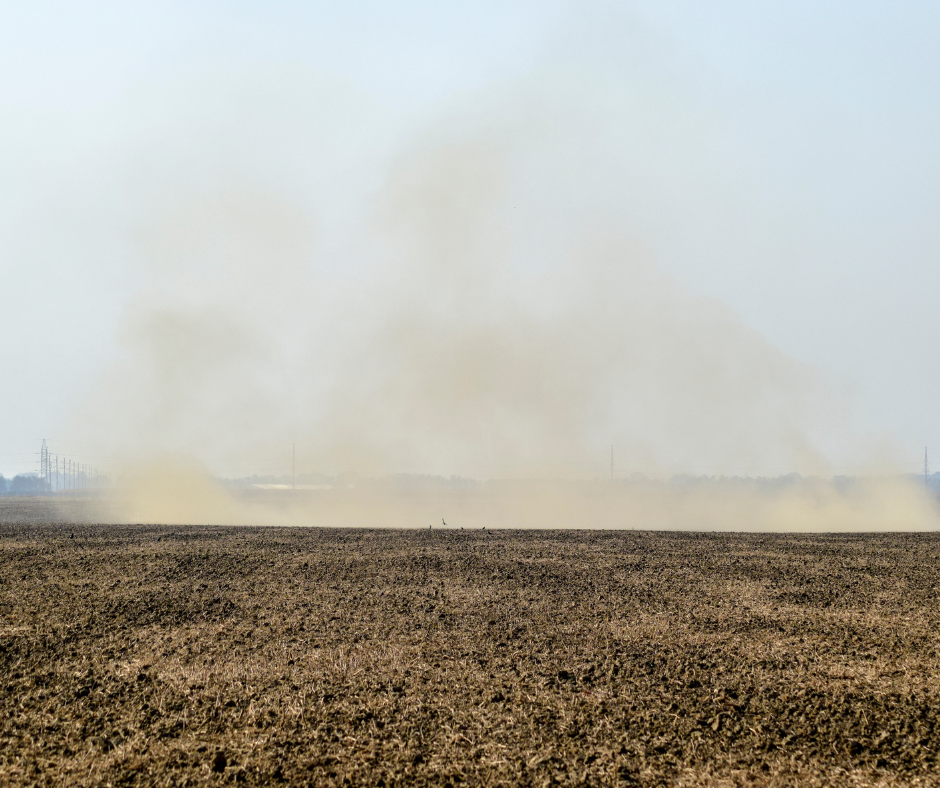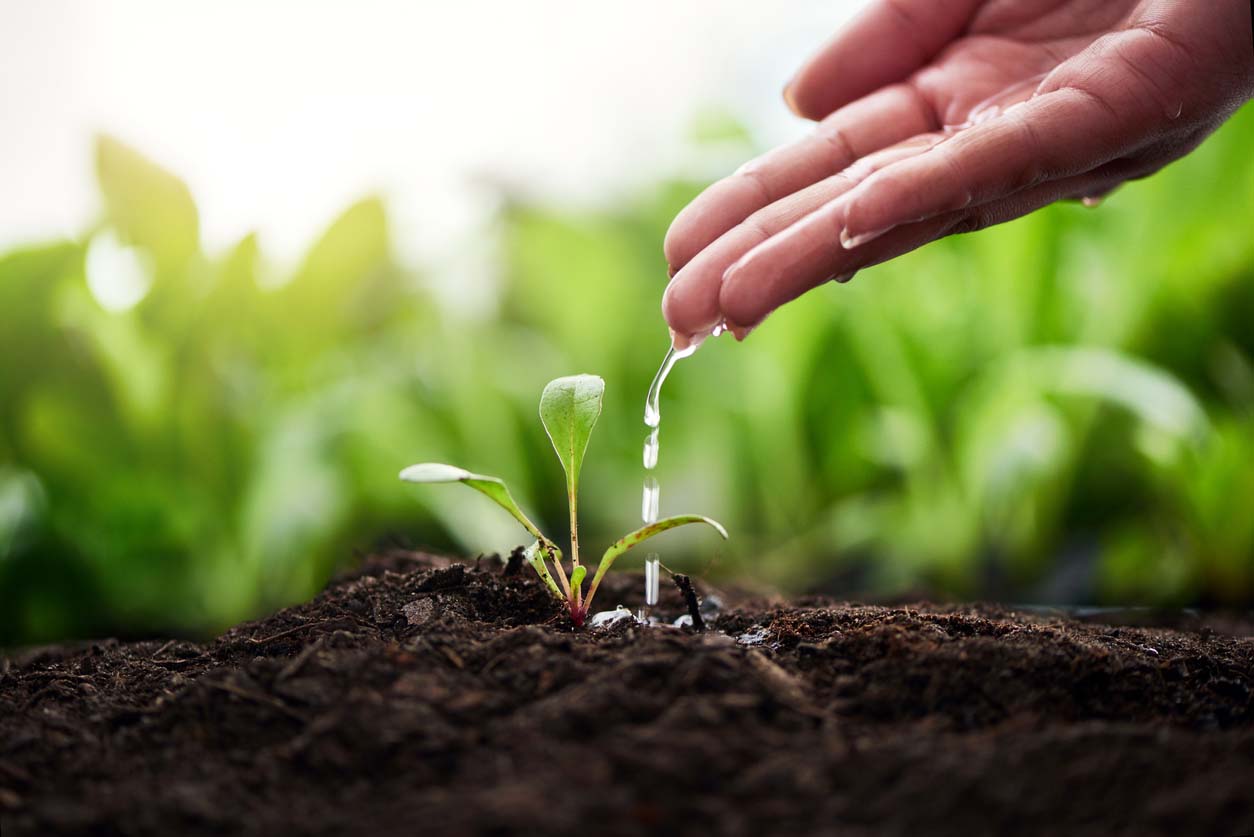Managing Light: Kill Weeds or Stimulate Crops

Every farmer spends a lot of time, energy, resources trying to find ways to reduce or eliminate troublesome weeds in their fields. Weeds compete with crops for water, nutrients, and even sunlight; reducing crop yields by as much as 30% nationwide. Chemical weed control has been the most commonly used weapon of choice. Now farmers may have a completely different tool called blue wave light. A company located in Xenia, Ohio, called Global Neighbor, is run by Jon Jackson. They have developed a weed inhibitor using mid-infrared blue light wavelengths to treat weed seed. The weeds seed remains viable, but the weed seed can not germinate. The blue wavelength damages the seed cells where germination occurs. A weed seed’s first root, called a radicle, does not grow so the seed eventually dies. Global Destroyer calls their new invention a weed destroyer and it is mounted on the back of a combine. As the weed seed and chaff passes through the combine, the weed seed is terminated by short b...



